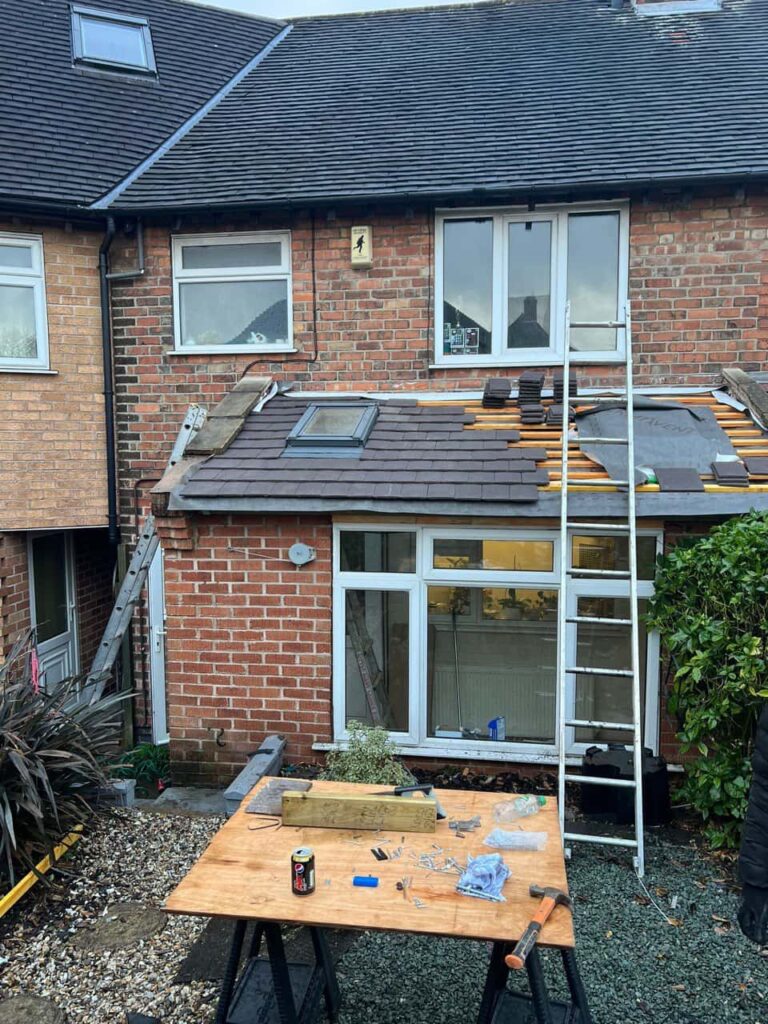Introduction: Regarding roofing materials, homeowners and property managers often face the dilemma of choosing between initial cost and long-term value. Felt or bitumen roofing is a popular choice due to its affordability and durability. However, understanding the life cycle cost analysis of felt roofing materials is crucial for making informed decisions about roofing investments. In this blog post, we’ll delve into the life cycle cost analysis concept and explore its significance in the context of felt roofing.
Understanding Life Cycle Cost Analysis:
Life cycle cost analysis (LCCA) is a comprehensive method used to evaluate the total cost of ownership of a product or system over its entire lifespan. Regarding roofing materials, LCCA considers not only the initial purchase and installation costs but also factors in maintenance, repair, replacement, and disposal costs over the expected roof service life.
Importance of LCCA for Felt Roofing:
Felt roofing materials are known for their affordability, making them an attractive option for budget-conscious consumers. However, without considering the long-term costs associated with maintenance and replacement, the initial savings of felt roofing may be outweighed by higher expenses. This is where life cycle cost analysis becomes invaluable.
Factors to Consider in LCCA for Felt Roofing:
Initial Cost:
- The initial cost of felt roofing materials includes the purchase price of the materials and the cost of installation. While felt roofing is generally more affordable than other roofing options, variations in material quality and installation methods can impact the initial cost.
Maintenance and Repairs:
- Regular maintenance is essential to prolong the lifespan of felt roofing and prevent premature deterioration. Factors such as cleaning, inspection, and repairs should be accounted for in the life cycle cost analysis. Additionally, unexpected repairs due to damage or wear and tear should be considered when evaluating the overall cost of ownership.
Replacement:
- The expected service life of felt roofing materials can vary depending on climate, exposure to sunlight, and maintenance practices. When conducting a life cycle cost analysis, it’s essential to estimate the time frame for roof replacement and budget for the associated expenses, including removing the old roofing materials and installing new ones.
Energy Efficiency:
- While felt roofing may offer cost savings in terms of initial installation, it’s essential to consider its energy efficiency properties. Investing in high-quality, energy-efficient roofing materials can lead to long-term savings on heating and cooling costs, contributing to the overall cost-effectiveness of the roof over its lifespan.
Conclusion: Life cycle cost analysis provides a comprehensive framework for evaluating the total cost of ownership of felt roofing materials over their entire lifespan. Homeowners and property managers can make informed decisions about roofing investments that align with their budget and long-term goals by considering initial cost, maintenance and repairs, replacement, and energy efficiency. Partnering with experienced roofing professionals can provide valuable insights and guidance to ensure optimal performance and cost-effectiveness of felt roofing systems.
Call us on: 01730 771 389
Click here to find out more about Petersfield Roofing Repairs
Click here to complete our contact form and see how we can help with your roofing needs.

